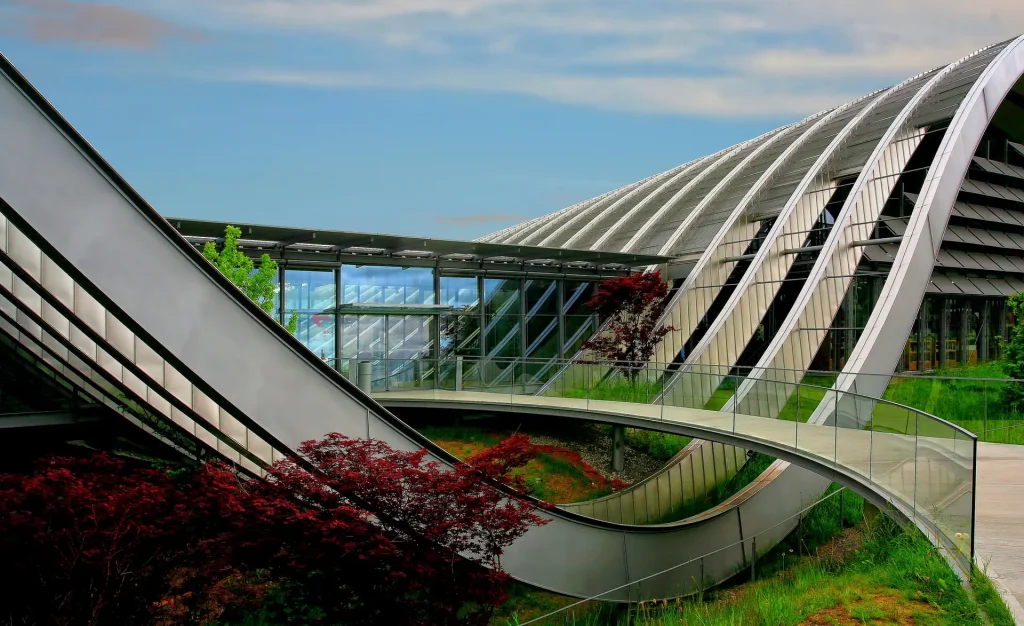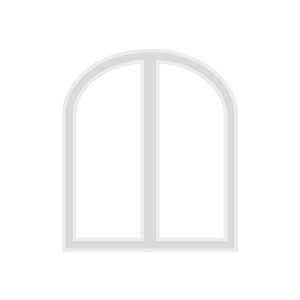There can be a lot of confusion around the world of aluminium bending, especially when looking at the extrusion sector within the industry. The world of aluminium extrusion bending offers a way to produce seamless connections between aluminium sections. This means that you can create something that evokes a premium style without having to use clunky parts.

1. Aluminium Extrusion Design
The first step to any aluminium extrusion in the design is often done by and design engineer. The design engineer would need to go dive into particular detail and go beyond the typical factors like the kind of alloy used and how heavy each extrusion section is.
The engineer would need to be able to apply his basic understanding of aluminium bending to plan the design carefully and make sure that each and every part of the extrusion can take the weight of the above structure. Knowing what the structure or the extrusions need to look like is key to knowing what kind of alloy needs to be used. This is due to the many variables that determine the bendability of each specific alloy.
The most common aluminium used in extrusions is a 6000-series alloy. This is usually due to the fact that these alloys are able to offer brilliant strength and formability.
T6 actually offers the best strength when compared to other tempers. However, with this strength, comes the difficulty to form a bend in the alloy. This is why it’s important that we make the right decision when choosing the right alloy for the job, if we need to produce a number of
2. Design for Aluminium Bending
Often, when designing aluminium extrusions you’re able to have a dramatic effect on its bendability by editing the design very slightly. However, when creating a profile, designers will need to try and keep as much symmetry as possible.
When a section is asymmetric a torsional force reacts to the bending force. This means that the less symmetrical the section is, the more it is likely to twist during the bending process. This isn’t ideal because during this stage the force becomes unpredictable and could have an adverse effect on the alloy. This could mean that the bend that we’re producing could end up with a deformity.
One of the best ways to keep a good structure and form is to keep a high level of symmetry. With this, comes a strength that would otherwise be lost. Similarly, pairing this with internal structures for support will allow for a stronger section.
3. Aluminium Hollow Sections
Hollow sections can be one of the hardest applications for aluminium extrusion bending. This is due to the fact that it’s very difficult to end a section with square internal corners. These 90° corners often promote cracking and fracturing in most cases. While this does depend on the alloy that’s being used in the extrusion, the use of square corners is avoided a lot of the time.
To combat this problem, a design engineer will often round to corners in an attempt to mitigate the stress points in the section.
What’s more, the hollow sections will often be concave on the inside, this is due to the fact that the wall isn’t thick enough. This is a great way to tell whether or not the shape can withstand the bend profile and forces required to achieve the right radius. To counter this issue, a designer will often decide to include something called a stiffener. This is a rib in the centre of the section that adds a slight strength to the section to keep its shape. To aid this effort, a designer may also decide to round off the internal corners and add a radius for
4. Aluminium Channel Section
Aluminium channel sections can be some of the most difficult to bend. This is mainly due to their asymmetrical nature, which is why it takes great skill and knowledge of basic design paired with a range of knowledge of the alloy used.
Because a channel section is open, it isn’t asymmetrical in shape and so the section is prone to twisting during the bending process. In this case, the legs will try to move towards the centre of the shape to relieve pressure from the rest of the section. To overcome this, it’s best that the designer adds a base to the section so that it can act as a control for the twisting.
These kinds of channel sections are often used in a number of applications and require an open face for their function. In this case, the right aluminium needs to be chosen so that it can mostly withstand the pressure of the bend in order to prevent the twist.
5. Structural Shapes
Imagine a section in the shape of an ‘H’, each leg on this section would be prone to twisting towards the centre of the section, just like a channel section would be. This shaped section is very common for structural support and so it isn’t ideal when bending.

This can be a tricky case and so many would use a carbon steel beam because as it bends, the force would be pulling the flanges in the other direction. This means that the tension would be pointing the other way if to keep the web flat.
6. When profile modifications aren’t possible?
Best practice dictates that the designer is always thinking about the best ways and shapes to allow for the easy forming of an aluminium extrusion or section. While this is in fact best practice, it isn’t always possible to do, in theory, it should be done but in the real world, there may be a number of issues and obstacles that get in the way of that.
Some companies have limits too, many aren’t capable of forming the bends and sections that we can. This means that your requests may not be possible for some.
Another way to overcome the unbendable section is to fill the channels with a material that could add structural stability during the forming process. This is a great way to keep everything in line and exact. Without this kind of support, there is a high risk of deformation which will result in wasted materials and time. You can pack a profile with a number of different substances. For example; low-melting-point alloys, hard-packed sand or even flexible nylon.
7. Special Features
Special features can mean so many things for the aluminium section/ extrusion. Most of the time, these special features are designed so that the fabrication processes later down the line are easier to perform. Adding these features in the correct way is completely down to the designer’s placements.
An example of a special feature would be screw ports. By including screw ports in the right way, during the bend they are likely to move into the right position which will make it easier for further fabrications and fixings.
8. Twisted aluminium extrusions
Twisted aluminium extrusions are ideal for certain situations, for example, many people use twisted extrusions as decorative pieces. this is due to the way that the light reflects and the unusual shapes that they create. However, they still have a function other than decorative. Twisted aluminium extrusion can still function and support for certain loads. Depending on the level of twist that you need, these extrusions are still able to function as normal and be useful pieces.
9. Bending Aluminium profile’s length
Most of the time, if an aluminium profile is completely symmetrical then you should be able to bend it in its entirety. This is ideal because you’ll be able to completely utilise the section without the need to cut the straight part off of the end. If the section is asymmetrical, it’s likely that you won’t be able to create a uniform bend all the way along.
Curved aluminium extrusions can be used in a number of different applications which means they’re a versatile product that many will find useful. Whether you’re interested in curved aluminium extrusion for your windows, structural support or even for decoration, Aluminium Bending Specialists are here to help. We have the ability to bed aluminium in a number of ways to suit your needs. Give us a call on 01623 721 172 or email us at [email protected] and we’ll offer any advice that we can.


